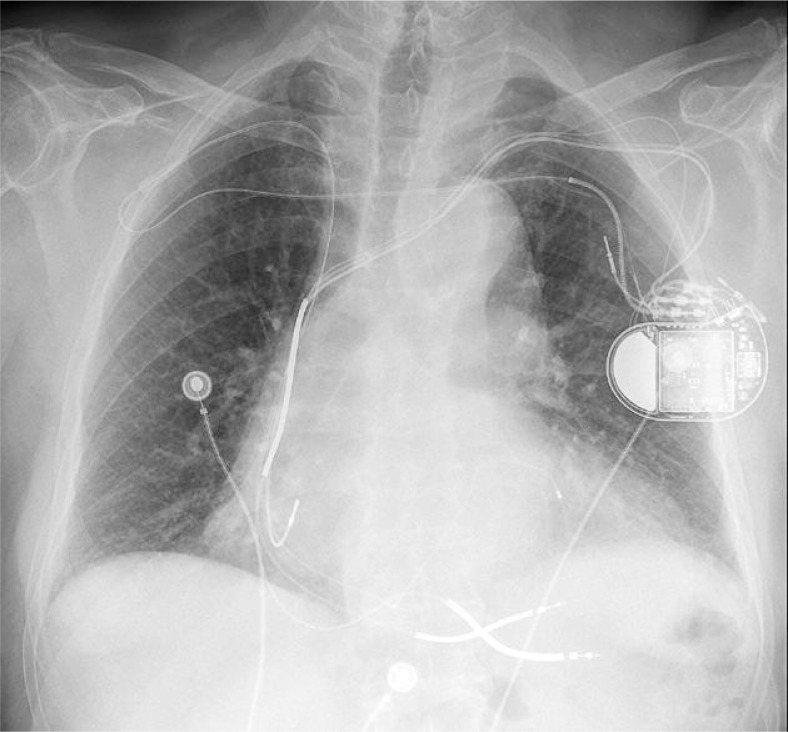CRT-D Implant (Cardiac Resynchronization Therapy): Procedure, Benefits, and Risks
Subheading: Procedure, Benefits, and Risks
Introduction: CRT-D implantation, also known as cardiac resynchronization therapy, is a medical procedure used to treat heart failure. It involves the placement of a specialized device called a CRT-D in the patient's chest. This article explores the CRT-D implant procedure, its potential benefits, and the associated risks.
CRT-D Implant Procedure: The CRT-D implant procedure is performed by a qualified cardiologist or electrophysiologist in a hospital setting. It typically involves the following steps:
Anesthesia: The patient is given local anesthesia to numb the area where the device will be implanted. In some cases, general anesthesia may be used.
Incision and Lead Placement: The doctor makes a small incision near the collarbone and inserts leads (thin wires) into specific locations of the heart. These leads are guided through blood vessels using X-ray or fluoroscopy imaging.
Device Placement: A small pocket is created under the skin to accommodate the CRT-D device.


The device is then connected to the leads, which will transmit electrical signals to the heart.
Programming and Testing: Once the device is implanted, the doctor programs it according to the patient's specific needs. The CRT-D is tested to ensure proper functioning and optimal synchronization of the heart's contractions.
Closing the Incision: The incision is carefully closed using sutures or adhesive strips, and a sterile dressing is applied.
Benefits of CRT-D Implantation: CRT-D implants offer several benefits for patients with heart failure, including:
Improved Heart Function: CRT-D devices help resynchronize the heart's chambers, enhancing the coordination of contractions and improving overall heart function.
Symptom Relief: Many patients experience a reduction in heart failure symptoms such as shortness of breath, fatigue, and fluid retention after CRT-D implantation.
Reduced Hospitalizations: Studies have shown that CRT-D therapy can reduce the number and duration of hospitalizations related to heart failure.
Increased Exercise Tolerance: Patients often report an improvement in exercise capacity and stamina, allowing them to engage in activities they previously couldn't.
Risks and Complications: While CRT-D implantation is generally safe, there are potential risks and complications that patients should be aware of, including:
Infection: There is a risk of infection at the incision site or around the device. Antibiotics are typically prescribed to minimize this risk.
Bleeding and Hematoma: Bleeding or the formation of a hematoma (a collection of blood) near the device implantation site may occur. Proper wound care and monitoring can help mitigate these risks.
Lead Displacement or Fracture: The leads connected to the heart may become displaced or fractured, requiring repositioning or replacement.
Allergic Reaction or Sensitivity: Some individuals may experience an allergic reaction or sensitivity to the materials used in the device or its components. It is important for patients to discuss the potential risks and benefits of CRT-D implantation with their healthcare provider.
We are associated with experienced and highly skilled medical professionals. We use the latest medical technology available in the world and we provide medical services in collaboration with JCI & NABH Certified hospitals only. Our services include various types of treatment and organ restructuring and transplant.
